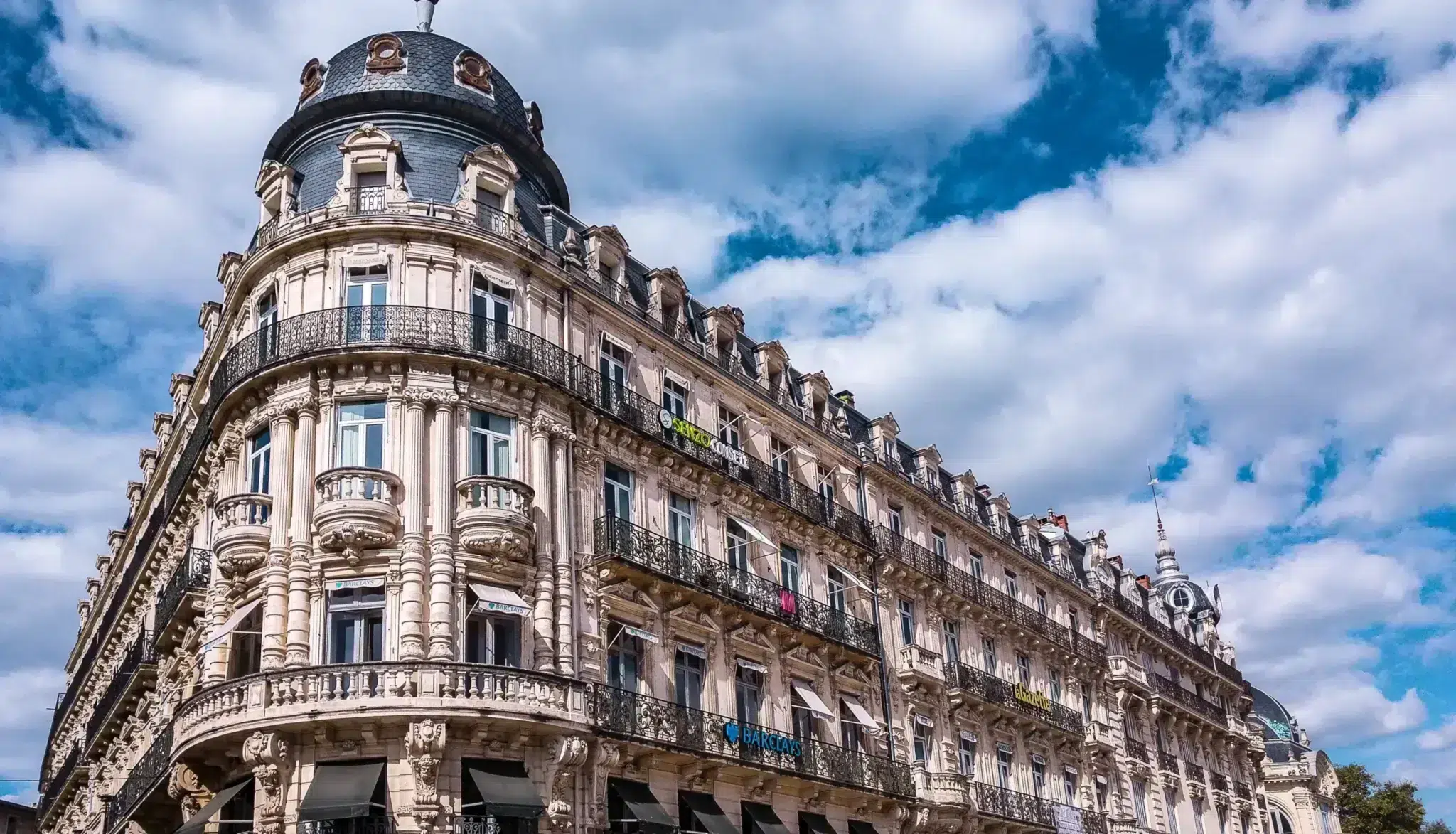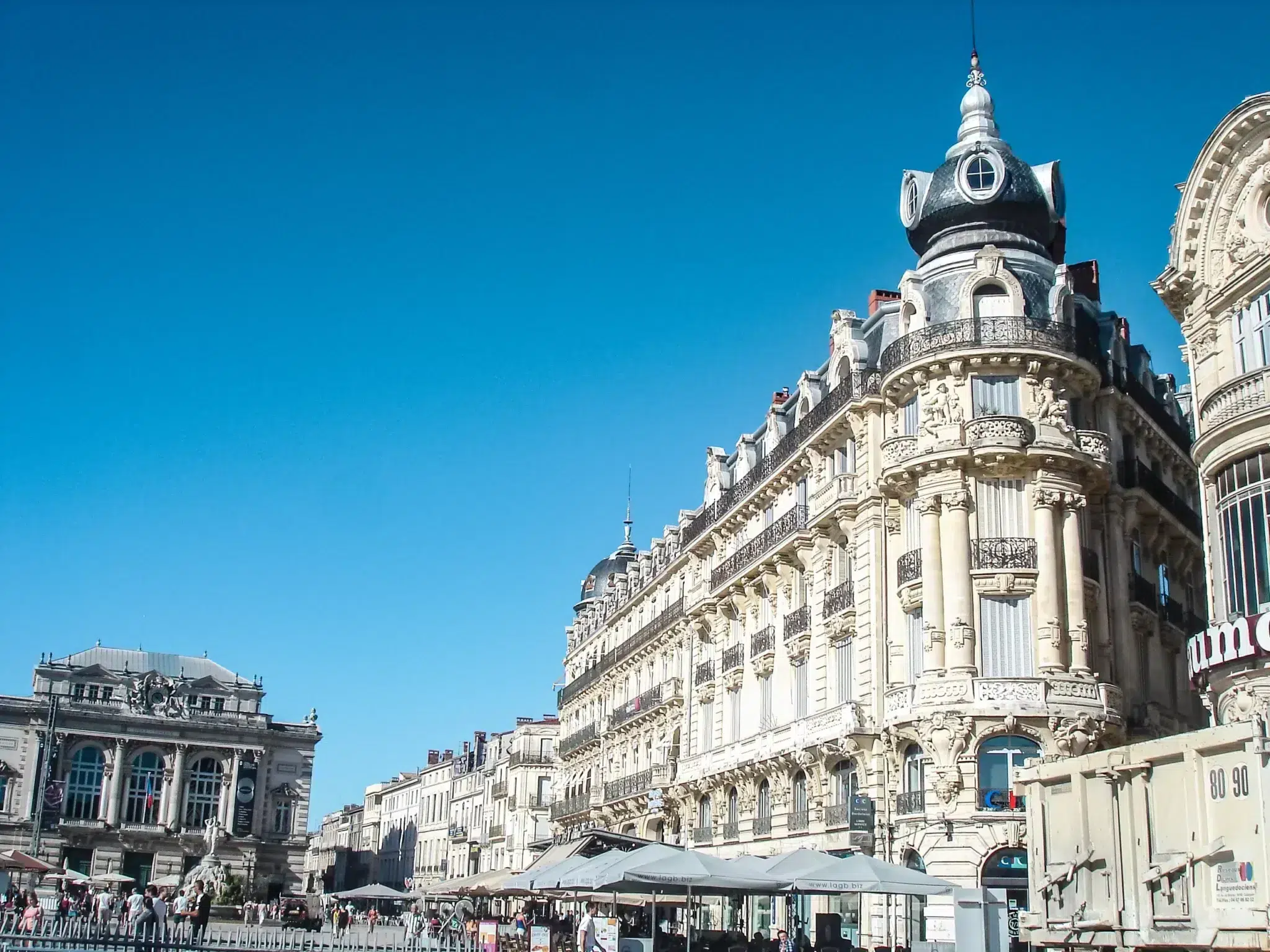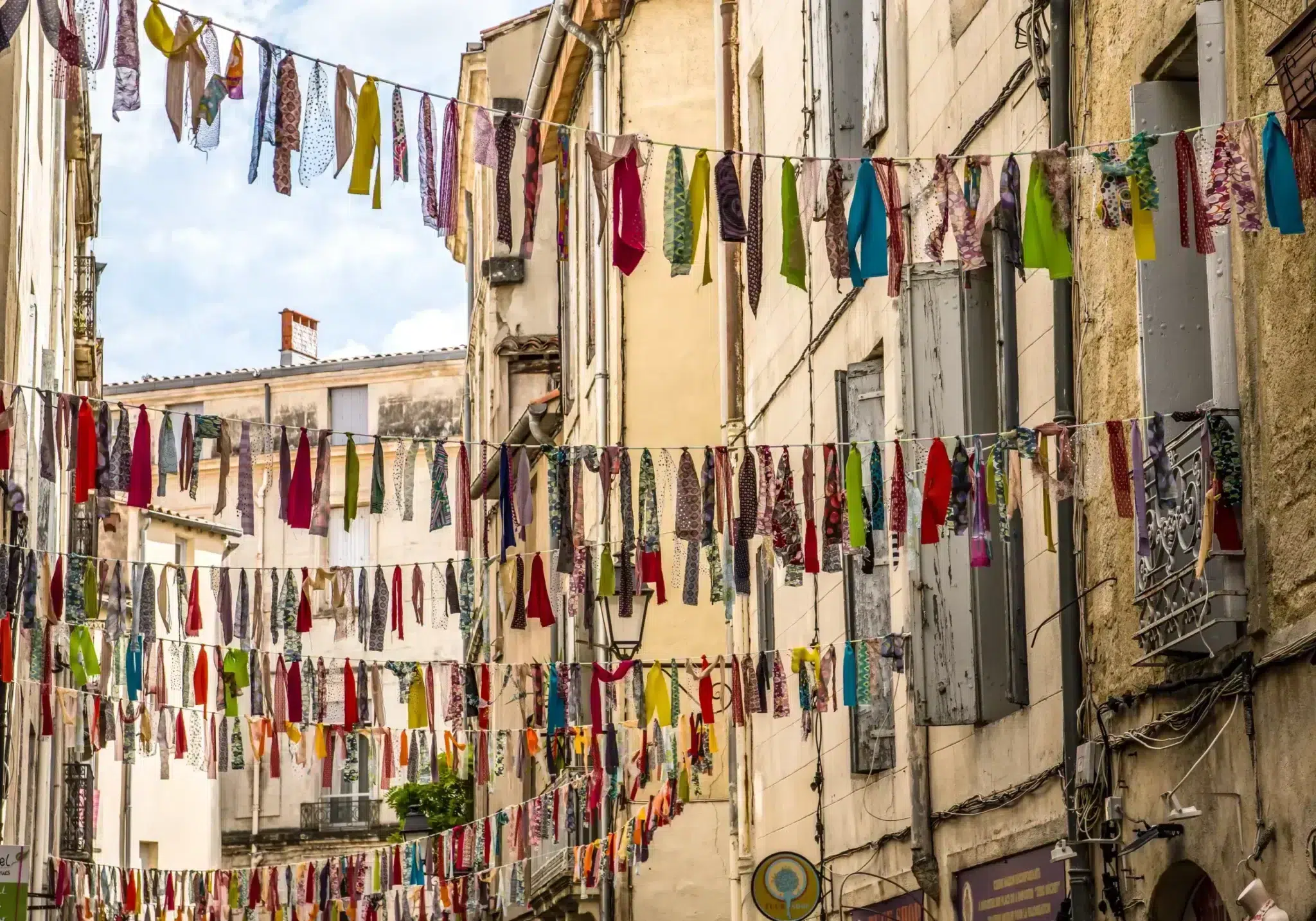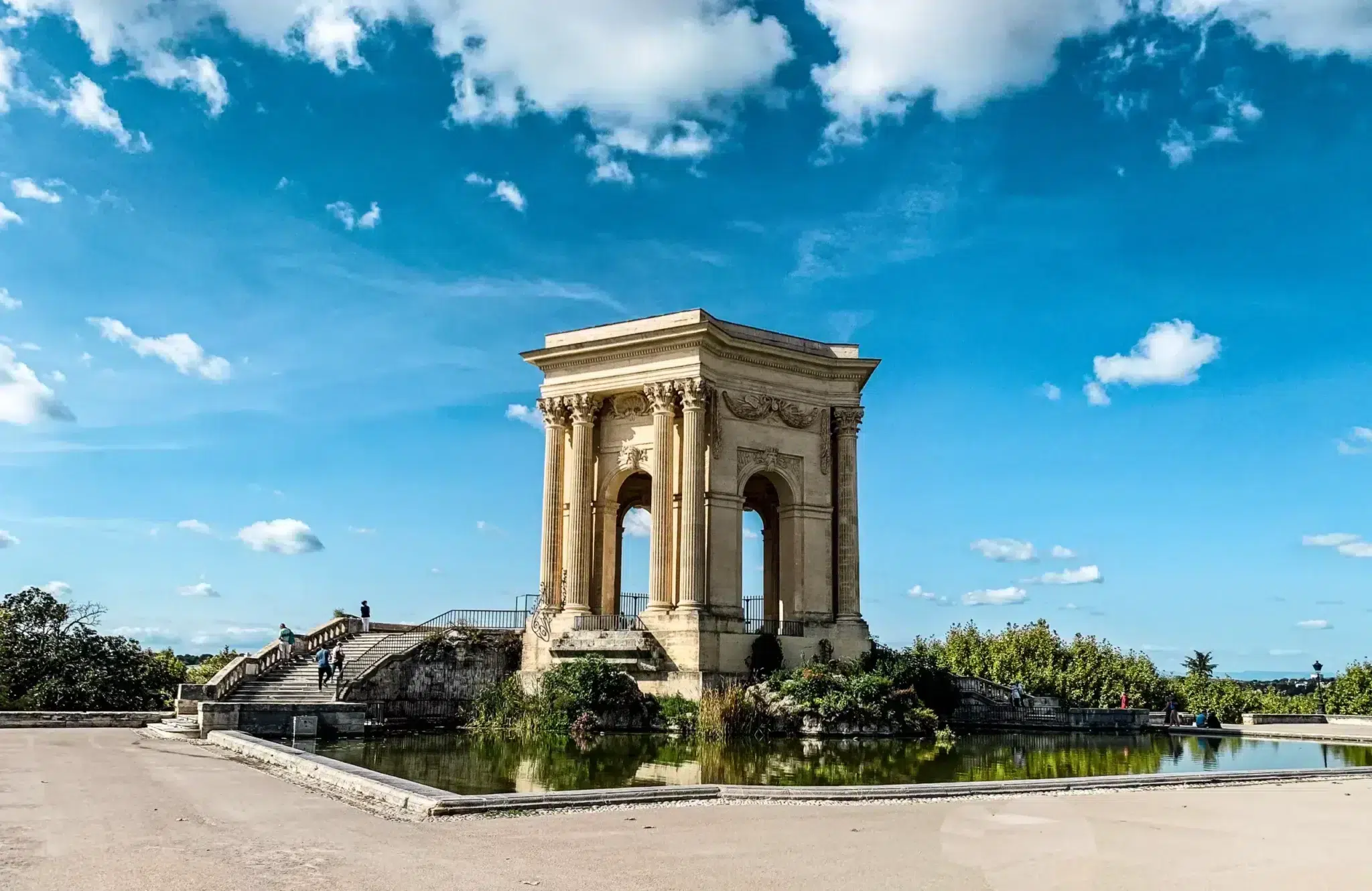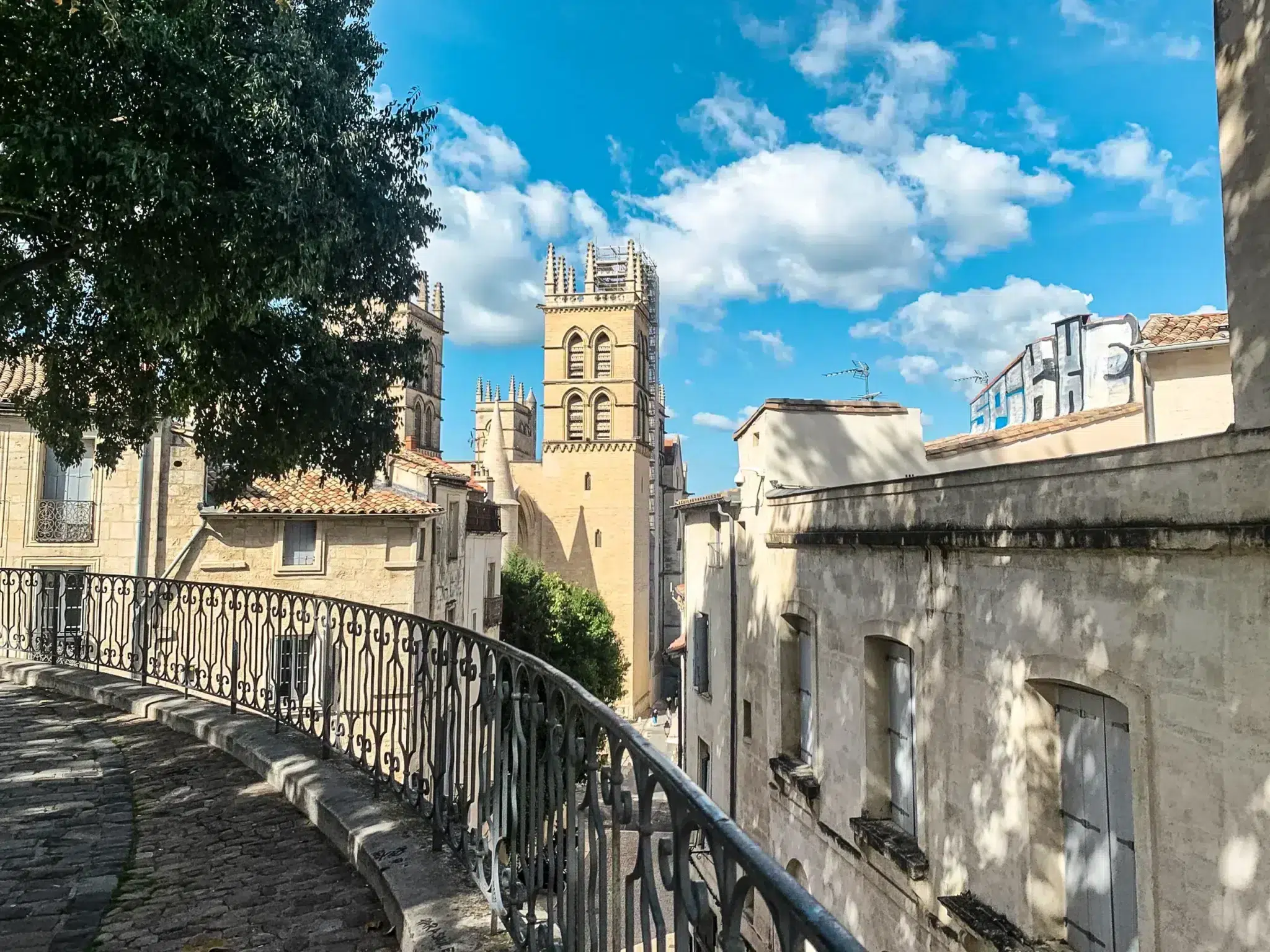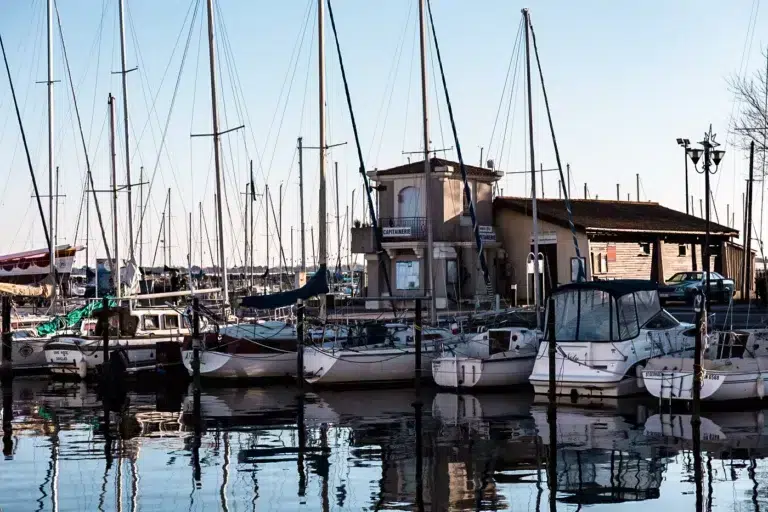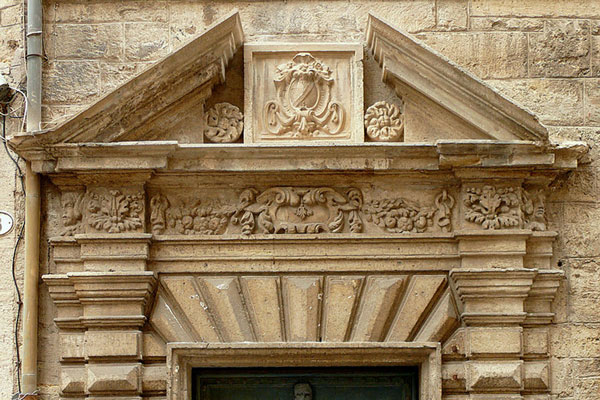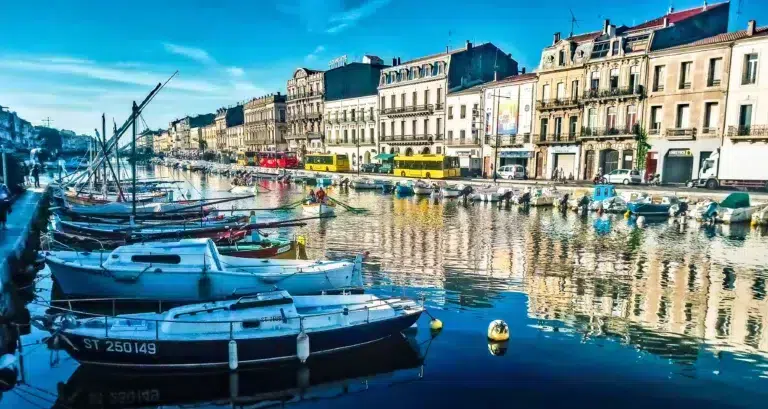Montpellier Tourism
Want to go sightseeing in Montpellier? The capital of Languedoc is less than 65 km east of our campsite in Agde, ideally located for visiting the Hérault region. The city center is less than an hour’s drive away.
Montpellier, a must-see destination in Hérault
Just 10 km from the Mediterranean, the city of Montpellier in the Hérault department of Occitanie (formerly Languedoc Roussillon) seduces visitors with the charm of its medieval streets, the elegance of its 19th-century buildings and the boldness of its contemporary architecture by some of the world’s greatest names.
Place de la Comédie, one of Europe’s largest pedestrian areas, is lined with lively terraces and beautiful facades. Here you can admire the city’s Opera House and the sublime Fountain of the Three Graces. A masterpiece of Southern Gothic art, Saint-Pierre Cathedral is also a must-see in Montpellier, with its imposing baldachin porch. Up in the hills, the romantic Place de la Canourgue is Montpellier’s oldest square.
Another must-see square, the Place Royale or Promenade du Peyrou, overlooks the Arc de Triomphe, the city’s most emblematic monument, as well as the water tower extended by the Saint-Clément aqueduct. You can also visit the halls, and discover the innovations of French Tech.
From the center of Montpellier, it doesn’t take long to get to Montpellier airport, Sète or La Grande Motte. Montpellier residents are also fortunate to have a tramway.
What to see in Montpellier
For a day’s visit or more, 10 Montpellier must-sees!
- Climb the Arc de Triomphe: 90 steps to the top, with a unique panorama of the city just a few kilometers from your Montpellier campsite.
- A stroll through the Jardin des Plantes: France’s oldest botanical garden, created in the 16th century as part of the botany department of the University of Medicine.
- A shopping and discovery trip to the Odysseum: a hybrid between a shopping mall and a cultural center, with numerous boutiques, as well as climbing walls, a planetarium, an aquarium and an ice rink.
- Discover the secrets of the oldest medical school in the Western world, in the heart of the city’s historic district.
- Ride through the historic center on a small train or platform minibus.
- Visit the Lunaret zoo with your family: Montpellier’s zoological park is the second largest in France. It is home to the country’s largest Amazonian greenhouse. Admission is free!
- Stroll along Place de la Comédie and the medieval streets of the old town, between boutiques, workshops, galleries, bars and restaurants.
- Visit the Musée Fabre, one of Europe’s finest art museums: 9,200 m2 devoted to fine arts from the 17th century to the present day.
- Take a themed guided tour to discover townhouses, contemporary architecture, street art and the history of medicine.
- Go backstage at the Opera, a magnificent Italian-style theater inaugurated in 1888.
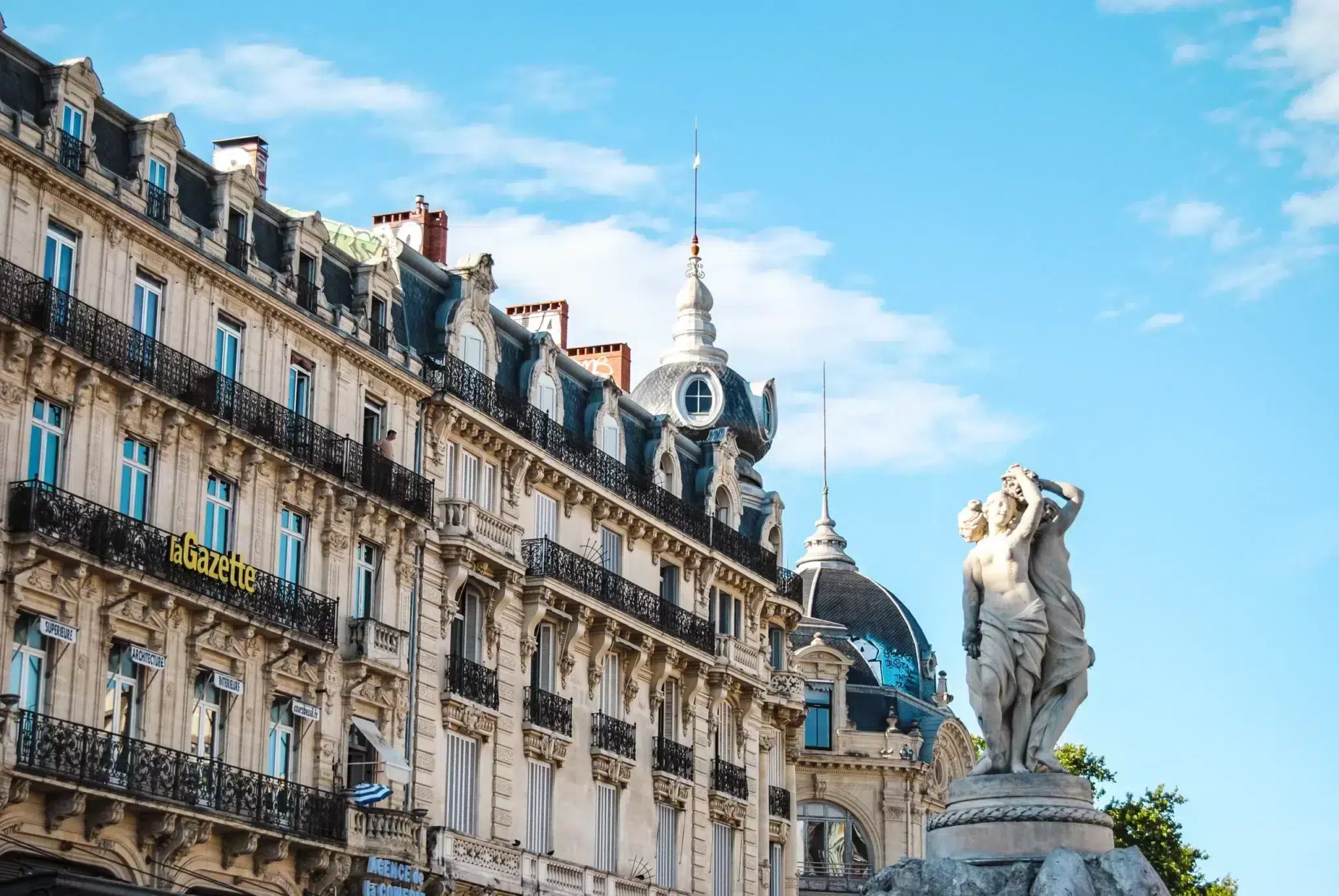
Visiting Montpellier with your family
Louis XIV made Montpellier the capital of Bas-Languedoc in the 17th century.
This new status contributed to the town’s growth, attracting more and more members of the upper bourgeoisie.
Montpellier’s high society moved to a chic neighborhood brimming with cultural centers.
For a family getaway, the Old Quarter is a must.
A stroll through this historic part of the city is an opportunity to admire the beautiful residences of yesteryear, as well as emblematic monuments such as the Promenade du Peyrou.
Mediterranean city
Culture and heritage
Place de la Comédie is one of the city’s most emblematic landmarks.
Linking the old town and the new districts beyond the old walls, the esplanade is a lively place where bars, restaurants and stores abound. It is also famous for its Trois Grâces fountain, built in 1790 and depicting the Charities of Greek mythology. At night, the restaurants and imposing neo-classical buildings around the Place de la Comédie, including the Opéra National, are lit up with deep blue lights.
TheArc de Triomphe also arouses the curiosity of visitors. This royal entrance to the Promenade du Peyrou was modelled on the Porte Saint-Denis in Paris, and completed in 1693. Inscriptions on the arch and reliefs recount some of the events that marked the reign of the Sun King, including the capture of Namur during the Nine Years’ War, with a figure representing the Netherlands bowing in deference to the French sovereign.
On theesplanade Charles-de-Gaulle side is the Pavillon Populaire, a magnificent Art Nouveau building constructed at the end of the 19th century. For over a hundred years, it hosted all kinds of exhibitions. From the 1990s onwards, he devoted himself exclusively to temporary exhibitions of photographs, made available online free of charge. There are three exhibitions a year, featuring some of the most famous photographers of the 20th century, including Brassaï, Bernard Plossu and Jakob Tuggener.
There are many other places to visit in Montpellier, including 17th- and 18th-century mansions, the zoological park, the Château de Flaugergues, the Mare Nostrum aquarium and the Musée Fabre…
Our tips for visiting Montpellier
- Visit the historic center
The historic center is a must for any family visit to Montpellier. It’s home to emblematic sites and monuments such as the Promenade du Peyrou, Place de la Comédie, Esplanade Charles-de-Gaulle and sumptuous 17th and 18th century townhouses. The historic center is also a lively area, packed with bars, restaurants and boutiques.
- The guided tour
This solution means you won’t miss any of the major tourist attractions. We’re thinking in particular of the must-see sites in the historic center. The Montpellier Tourist Office, for example, offers a two-hour tour of most of the historic center, or a three-hour “grand boucle”. There’s also a two-hour tour of the Faculty of Medicine and excursions to discover the region and its culture.
- For cheaper travel
Booking your trip several weeks or months in advance means you can take advantage of special rates; the same applies to off-season travel.
Last-minute ” travel is also an interesting option. By “last minute”, we mean a stay that takes place one or two weeks after booking. Experience shows that this can lead to savings of between 30% and 50% on accommodation costs in particular. But if you want to take a “last minute” trip, you’ll need to plan flexible dates or even times, which will also enable you to take advantage of any promotional offers.
Finally, it’s also a good idea to turn to a site specializing in the resale of train tickets between individuals, such as Kelbillet, Zepass, Passe Ton Billet or Troc des Trains.






